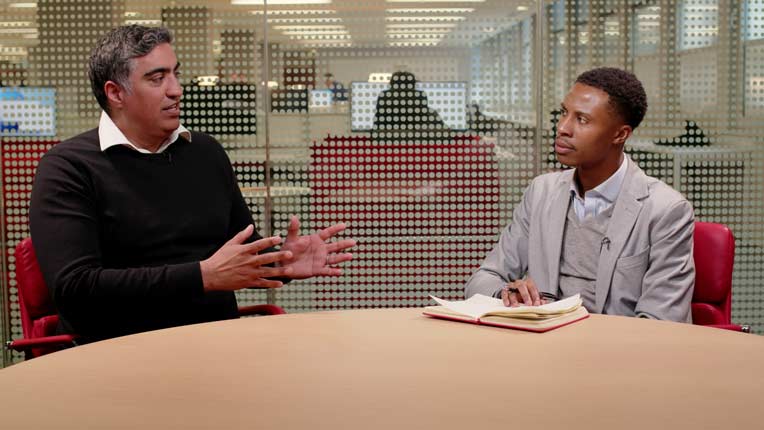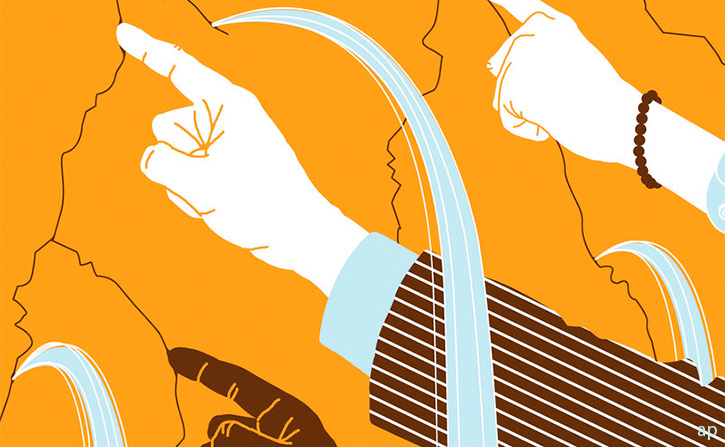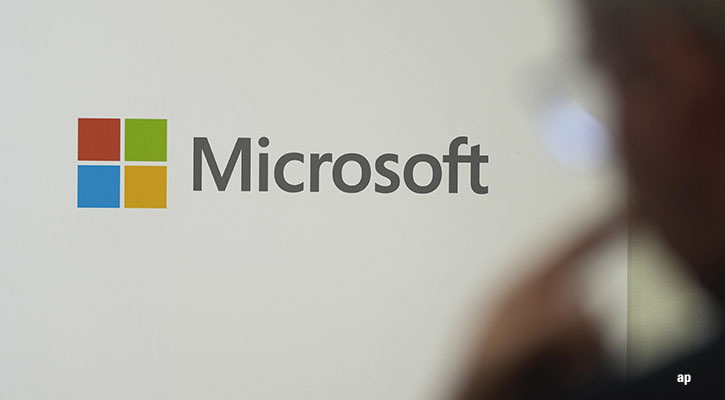Holly Black: Welcome to the Morningstar series, "Ask the Expert." I'm Holly Black. With me today is Annabel Brodie-Smith. She is Communications Director at the Association of Investment Companies.
Hello.
Annabel Brodie-Smith: Hello, Holly.
Black: So, we're talking all things investment trusts. And one of the unique things about trusts is gearing. What does that mean?
Brodie-Smith: Well, gearing is another word really for borrowing. And how it works is an investment trust manager may see a company or an opportunity that he really wants to invest in. But he doesn't want to sell his existing portfolio. So, he can borrow some money from banks, say, invest in that company and the idea is that the company does really well, and he makes a profit on top of the cost of that borrowing of the money. And the effect of this gearing is to magnify performance.
Black: But what is the risk involved in it as well?
Brodie-Smith: Well, it magnifies performance as I said. So, if an investment trust performs strongly which is geared, then obviously you can get a real boost to your performance. But if an investment trust performs poorly, you've still got that cost of borrowing to pay. So, it's going to be a drag on your performance.
Black: So, do people need to check how much a trust is geared before they choose whether to put money into it?
Brodie-Smith: I think it's very sensible to look at the gearing level before you invest in an investment trust. It's important to note that nearly half of investment trusts actually do not gear at all. So, sectors like, for example, emerging markets where there is enough excitement going on in their portfolios, generally, they don't gear. So, you can check. You can look at the AIC's website for the gearing figure and it will be expressed. So, about a quarter of our companies are under 10% gearing, about quarter are over 10%. But as I said, 50% also don't gear at all.
Black: So, 10% gearing, if a trust has assets of $250 million, that means they are borrowing an extra $25 million?
Brodie-Smith: Absolutely. It is expressed as a percentage of the assets.
Black: And so, if areas such as emerging markets that are a bit racier aren't that great for gearing. Are there areas that it does lend itself to better?
Brodie-Smith: Yes. I mean, obviously, a lot of our companies, investment trusts invested in equity-type companies, will have some gearing. Particularly, at the moment, we have interest rates being so low, some of those companies have been able to get very favorable long-term rates of borrowing to invest. In addition, a notable sector is the property sector. Now, we all have experience of buying our own homes; we've got mortgages. That is effectively gearing. We're borrowing to invest in a home. So, the property sector again definitely uses a gearing.
Black: Thank you. Well, thanks very much for your time.
Brodie-Smith: You're very welcome.
Black: And thanks for joining us.




























